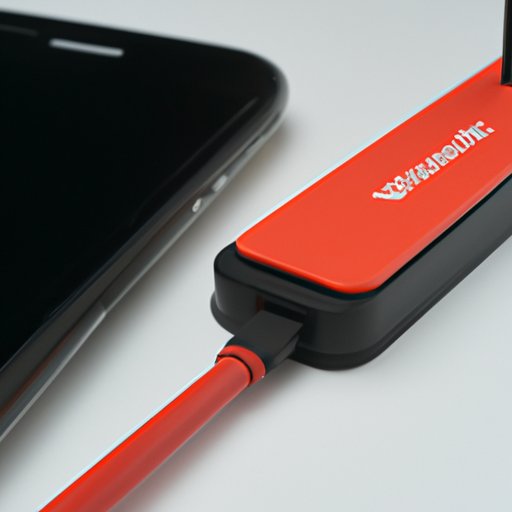
How to Use Hotspots: Everything You Need to Know
Hotspots have become increasingly popular over the years due to their convenience and mobility. Whether you’re on a road trip, working remotely, or simply without Wi-Fi, hotspots provide a reliable internet connection. In this article, we’ll explore what a hotspot is, how to set it up on different devices, troubleshoot common issues, and discuss the pros and cons so you can make an informed decision about whether a hotspot is right for you.
What is a hotspot?
A hotspot refers to a device that creates a Wi-Fi network to connect other devices to the internet. It works by leveraging an existing cellular network to provide internet to devices that do not have an Ethernet connection. The most popular devices for creating hotspots are smartphones, but you can also purchase dedicated hotspot devices from mobile carriers.
The benefits of using a hotspot are numerous. Rather than being tethered to a specific location or Wi-Fi network, you can take your internet with you wherever you go. Hotspots are also secure, as you can set up a password to ensure only authorized users can access the network.
How to set up a hotspot
The steps to set up a hotspot may vary depending on the type of device you have. Here’s a generalized guide:
Android
- Go to “Settings” on your Android device.
- Select “Network & internet” and then “Hotspot & tethering.”
- Toggle “Wi-Fi hotspot” to on and customize your hotspot by changing the name and password if needed.
- Connect your other devices to the hotspot network using the name and password you created.
iPhone
- Go to “Settings” on your iPhone.
- Select “Personal Hotspot” and toggle it to on.
- Customize your hotspot by changing the Wi-Fi password if needed.
- Connect your other devices to the hotspot network using the name and password you created.
Windows 10
- Go to “Settings” on your Windows 10 device.
- Select “Network & Internet” and then “Mobile hotspot.”
- Toggle “Mobile hotspot” to on and customize your hotspot by changing the name and password if needed.
- Connect your other devices to the hotspot network using the name and password you created.
macOS
- Go to “System Preferences” on your Mac.
- Select “Sharing.”
- Click on “Internet Sharing” and choose “Wi-Fi.”
- Customize your hotspot by changing the name and password if needed.
- Connect your other devices to the hotspot network using the name and password you created.
It’s important to note that not all devices will be able to use a hotspot, as some require an Ethernet connection. If you’re unsure if your device can be connected to a hotspot, check the manufacturer’s website or user manual to confirm.
Troubleshooting
Despite the ease of setting up a hotspot, there are some common issues that users might encounter:
No internet connection
If your device is showing that it’s connected to the hotspot but you aren’t able to browse the internet, try disconnecting and reconnecting to the network. If that doesn’t work, try restarting both your hotspot device and the device trying to connect.
Slow connection
If your hotspot connection is slow, try moving closer to the hotspot device. Walls and other obstructions can affect the signal. If that doesn’t work, try disabling any unnecessary devices that might be using the hotspot network.
Short battery life
Using a hotspot can quickly drain your device’s battery. To conserve battery life, lower the screen brightness or disable other features such as Bluetooth or GPS.
Pros and cons of using a hotspot
While hotspots provide many benefits, they also have some drawbacks:
Pros
- Portability: With hotspots, you can take your internet with you wherever you go.
- Easy setup: Setting up a hotspot is quick and easy.
- Secure: Hotspots are secure, as you can set up a password to ensure only authorized users can access the network.
Cons
- Data usage: Using a hotspot can quickly consume data, which could lead to overage charges if you don’t have an unlimited data plan.
- Battery life: Using a hotspot can quickly drain your device’s battery.
- Signal strength: Hotspots can be affected by walls and other obstructions, leading to a weaker signal.
Conclusion
Hotspots are a convenient and reliable way to stay connected while on the go. With easy setup and portability, hotspots offer many benefits. However, they also have some drawbacks that users should consider before using them. By following the steps to set up a hotspot and using the troubleshooting tips provided, you can ensure a smooth and hassle-free experience. So the next time you’re without Wi-Fi, give a hotspot a try and stay connected wherever you go.
Additional Resources:





